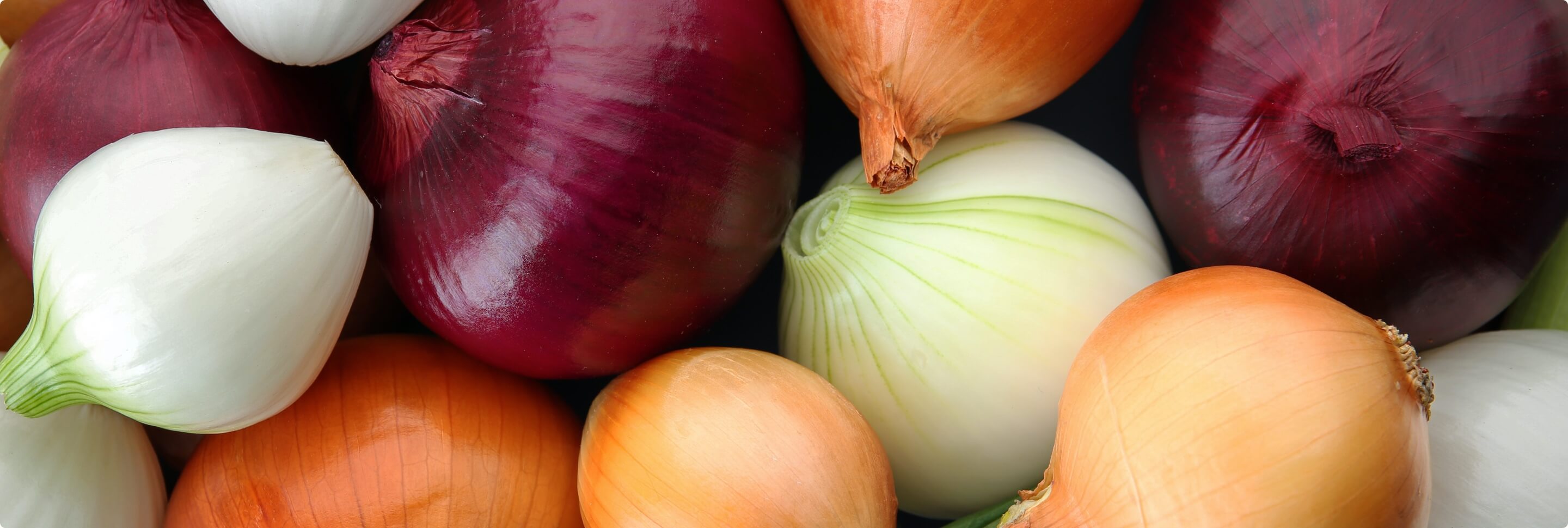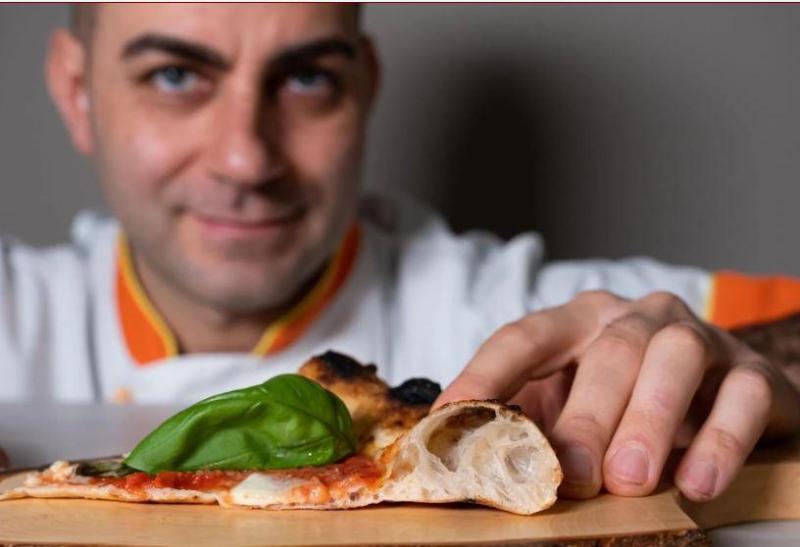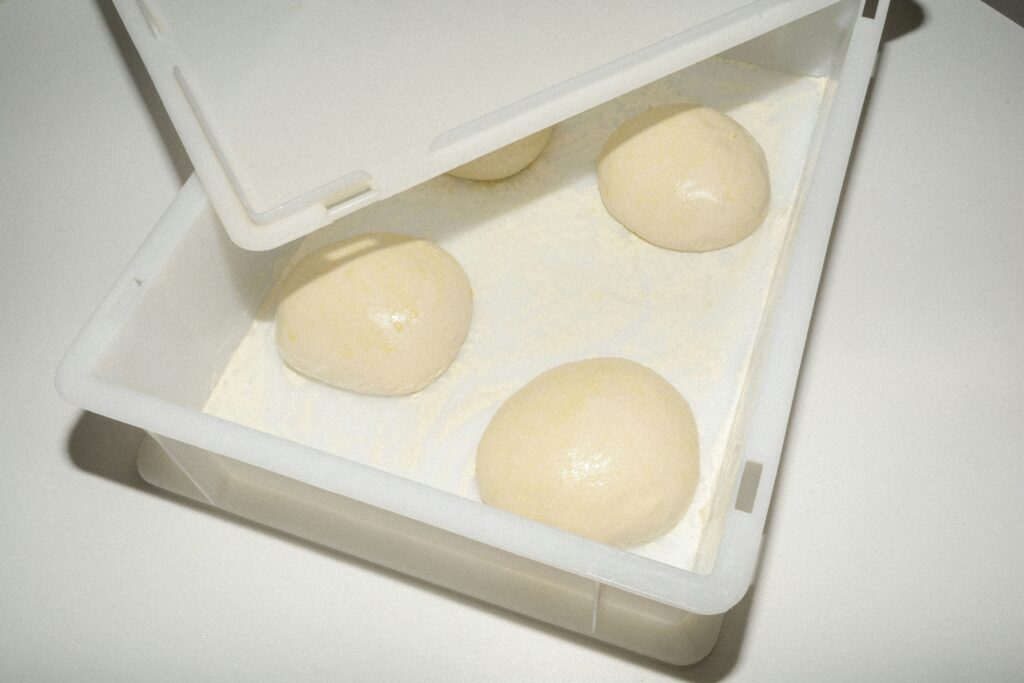
From basic to leading ingredient of Michelin starred recipes, let’s discover how onion is today one of the main vegetables used in the most refined dishes.
We live in a time when controversy is the order of the day and debates about a wide variety of topics have never been more popular. An age of redundancy, full of pundits and opinions; an age of digital democracy in which, thanks to social media, people feel free to express their ideas as it was an exercise they cannot give up, whatever the issue. Precisely for this reason, today more than ever, cooking is in the spotlight as well, with the increasing number of initiatives ranging from the virtual event (unfortunately for some time to come, until the great pandemic is overcome) to the television format.
Chefs, amateur cooks and housewives each have their own ideas about dishes, traditions and ingredients. Among these latter there is the onion, the edible bulb of the plant of the same name, which is perhaps second only to the ever-present parsley or to the arugula, a myth of the 1980s. Extremely aromatic, botanically speaking it is related to other spice-vegetables such as leek, shallot, chives and garlic.
Its scientific name is Allium cepa and it identifies a vegetable having important characteristics, rich in trace elements such as sulfur, iron, potassium, magnesium, fluorine, calcium, manganese and phosphorus. Moreover, it is characterized by vitamins such as A, B complex, C and E, flavonoids with diuretic action and with a vegetable hormone having anti-diabetic action such as glucokinin. It also contains enzymes that stimulate both digestion and metabolism. Finally, it also has antibiotic, expectorant and diuretic properties and it benefits both the kidneys and the cardiovascular system and the normalization of intestinal flora. Someone claims it has aphrodisiac properties derived from general revitalizing features, or even that it is useful in stimulating hair growth and making skin softer. On the other hand, obviously, there are some little side effects because, as it is known, in terms of smell, onion does not have a particularly delicate scent.
Everyone knows that cutting this vegetable makes you cry. But why does it happen? It is because of molecules that contain one or more sulfur atoms, namely organic sulfides. During the act of cutting, they combine with another substance, the enzyme alliinase, which degrades volatile and originally odorless amino acids; by reacting with the water covering the cornea, they are transformed into acids, mainly sulfuric and sulfurous. Since these are corrosive substances, the eye tries to get rid of them by activating the tear glands. Some remedies? First of all, the knife must be sharp in order not to damage the tissues too much, thus avoiding a significant enzymatic release; moreover, the blade must be wet. Next, it is better to cut the onion in water or keep it soaking in water and vinegar after peeling and splitting it in two; however, it is necessary to keep in mind that in this way the flavor of the onion will be more delicate. Another useful idea is keeping it for fifteen minutes in the freezer before slicing it.
When cooking, onion is an (almost) fundamental ingredient. Spread all over the world, in Italy there are at least twenty different species, besides the most famous ones such as the red onion from Tropea, Giarratana onion, Borettana onion from Emilia, Montoro copper onion, Brunate onion, Banari onion in Sardinia, Vatolla onion in Cilento and the red onion from Cavasso Nuovo in the province of Pordenone. It is a basic but mistreated ingredient that is often used without any criterion, or used in a very elegant way, such as in the great soupe à l’oignon of classical French style. There are also doubts and discussions about its use in preparations such as pasta alla carbonara or all’amatriciana, to which it should not be added at all, by the way.

Exploring the world of haute cuisine, you would find that some great chefs realized dishes that went down in history by using this cheap ingredient. Just as this article is being written, one of them got his second Michelin star, while another one is already in the empyrean with his three stars. The other one is by right one of the greatest Italian chefs.
What did these professionals realized using a simple onion? Let’s start with the chef who has just conquered his second Michelin star. In fact, on November 25, the virtual proclamation – due to the pandemic – of the famous red guide was organized. During the event, live and with great emotion, Davide Oldani – the inventor and forerunner of the now famous “pop” cuisine – found out he was one of the three chefs in Italy to conquer two macaroons in the coveted classification, during this difficult year. He was the creator of one of the most iconic dishes of the last twenty years, which made the most refined palates dream. The base, of course, is onion, which in this dish is caramelized, with the addition of hot and cold Grana Padano sauce. The chef says that the idea was conceived in London, when he was working at Gavroche; in fact, inspired by a tarte tatin, he decided to replace the apple or pear with a vegetable and the onion seemed ideal, thanks to its fiber. It is a recipe that has evolved over time, with the elimination of the originally present black truffle, because it was too little “pop” and the addition of ice cream and hot cheese sauce.
So here is a balanced harmony of contrasts: sweet and salty, hot and cold, softness and crunchiness. Then there is another leading figure of Italian cuisine; he is Salvatore Tassa, or as he likes to call himself, “il cuciniere di campagna” (the country cook). At the age of sixty, after almost forty years of self-taught (haute) cuisine, this man attended a week-long stage at Yannick Alleno’s Pavillon Ledoyen, announcing it on Facebook. Cook at Le Colline Ciociare in Acuto, in the province of Frosinone, he took over his family’s trattoria and managed to get a Michelin star. Committed to a personal conquest of sustainability through a rigorous approach to work and to the abolition of plastics, vacuum and artificial products, he is a chef who loves and respects his territory. “My cuisine walks along the paths traced by nature, crosses its essentialities, its colors, its sounds…My dishes are the expression of what remains on me as I walk along these paths…”, he claims. And among his dishes, there is the amazing Fondant Onion. Created in 1990, it is a legendary and brilliant proposal, which is timeless and still wonderfully modern in its goodness: rich, spicy, almost like a soup but with a creamier consistency.
What else can be said about Niko Romito? He is legend among Italian chefs, a self-taught Abruzzese man who is deeply tied to his land. He started from the former family pastry shop and after only seven years he reached the top of Italian cuisine with the three Michelin stars of his restaurant Reale at Casadonna, a former 16th century monastery in Castel di Sangro. He is a capable trainer, an obsessive researcher and an award-winning chef mentor according to the latest edition of the famous Italian Red Guide; he aims at concentration and essentiality in his dishes. These are precisely the characteristics of his 2009 masterpiece, onion absolute with Parmigiano, toasted saffron and pasta buttons. This is not a soup, but a total extraction of raw material. The saffron is the sublime one from the Piana di Navelli in the area of L’Aquila. The pistils are lightly toasted to ensure that the color of the liquid does not change and that the aroma remains intact. The noble cheese gives tastiness. Distinct flavors that combine in an elegant and clear sequence of total harmony of taste. And all this is onion.



